ONE THOUSAND-TIME COPY OF LANGTINGXU Qiu Zhijie
- Year :
- Signature : Signed and dated by artist
- Thèmes : Chinese contemporary art Photography & performance
- Technique : Silver print
- Editions : Edition of 10
More informations
5 photographs of the performance
50 x 100 cm (each)
ARTIST
Born in 1969 in the province of Fujian QIU ZHIJIE graduated from the printing department of the Central Academy of Fine Arts in 1992. He also received intense training in traditional calligraphy at a very young age, as well as in Literature, History and in Philosophy. An experimental artist, he produces works on a wide range of media, such as photography, video, calligraphy, painting, installation and performance. He is now Associate Professor at the C.A.A. Hangzhou, deputy director of the Hangzhou Visual Culture Center (C.A.A.) and artistic director of the “Beijing 25000” Culture Transmission Center and lives and works between Beijing and Hangzhou.
In 1990 Qiu Zhijie produced one of the cult works of the Chinese avant-garde. On a large rectangular paper, he draws in ink and brush the paradigm text of Chinese calligraphy (Langtingxu), that of the Preface to the Orchid Pavilion by the fourth century poet Wang Xizhi. Continuing to write layer after layer of the same text on the same paper, he progressively imposes layers of ink until the surface of the paper is completely blackened. For a period of five years, he will write the text 1000 times, working on this writing exercise regularly as a diligent task that he has set himself. The original title of the work is Homework assignment N°1: Copying the Orchid Pavilion Preface 1,000 Times later simplified to Copying the Orchid Pavilion Preface 1,000 Times. During this five-year period, Qiu Zhijie will take photographs of the work in progress as well as a video. Judging that the final result, a black monochrome is ultimately less significant than the process of elaboration, which constitutes a real performance, Qiu Zhijie will decide to edit five of the intermediate photos as well as the one-hour video which shows the performance.
The initial text of Wang Xizhi is a text that is a classic of Chinese culture that is repeatedly copied by all students when learning calligraphy. Chinese culture values this learning by copying a historical model of the old masters, a fact which is however sometimes considered as one of the causes explaining the relative immobility of China late affected by modernity. The gesture made here by Qiu Zhijie covers multiple interpretations. He questions a practice that has become ossified by repetition while denouncing the principle of the accumulation of similar gestures symbolized by a writing whose signifier darkens and ends in a real “black hole” that evokes emptiness.
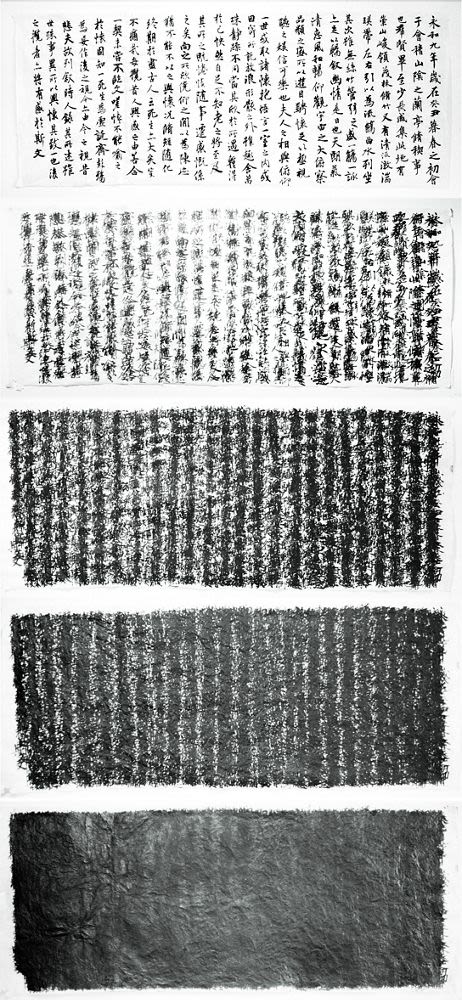
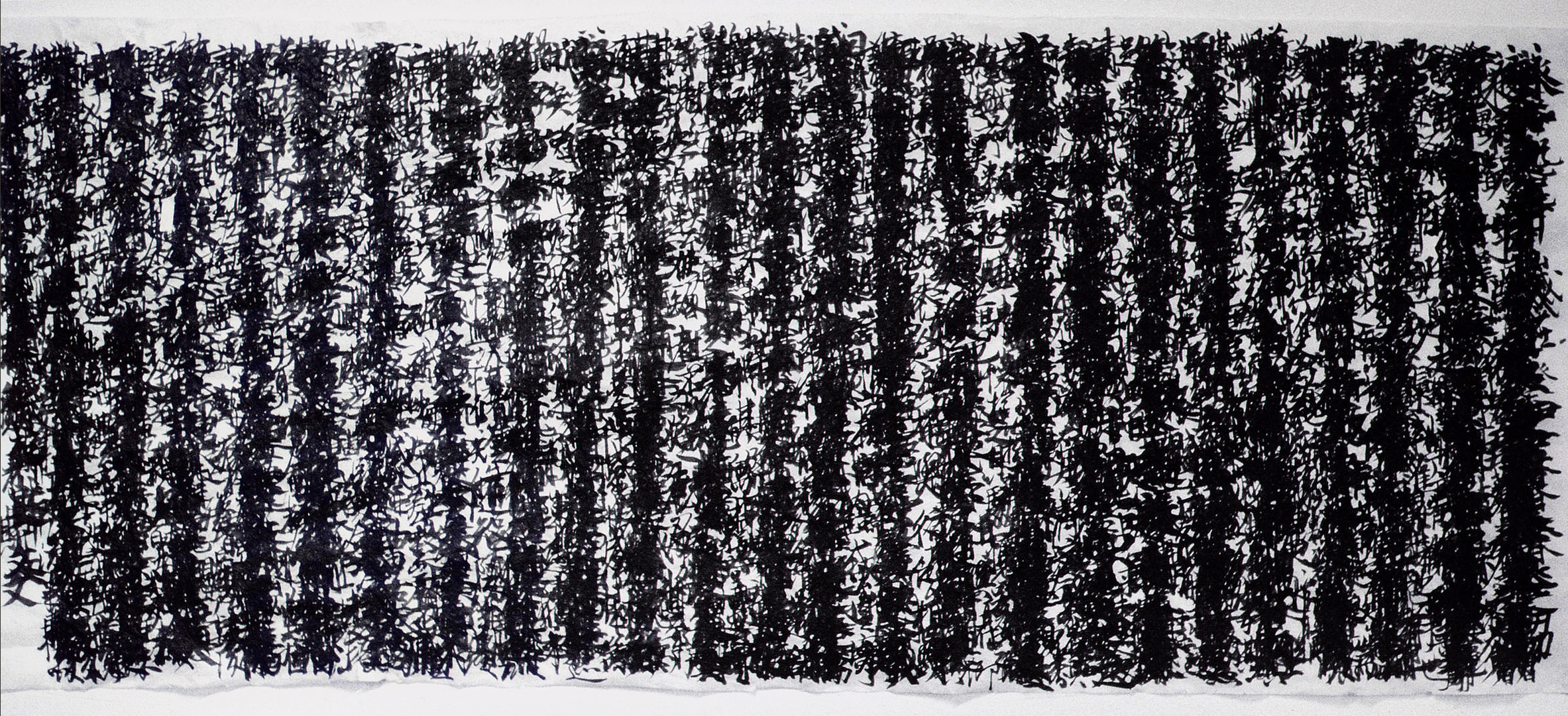
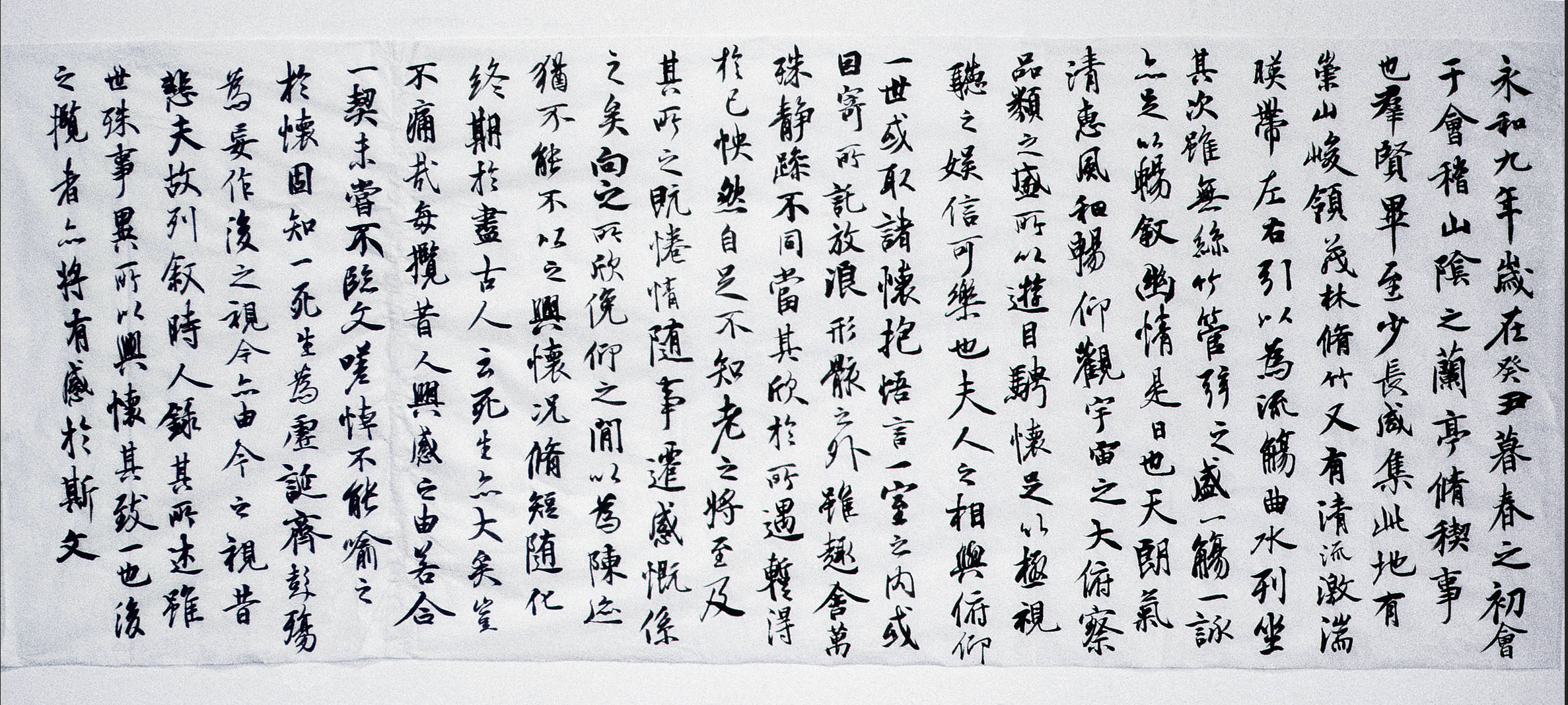
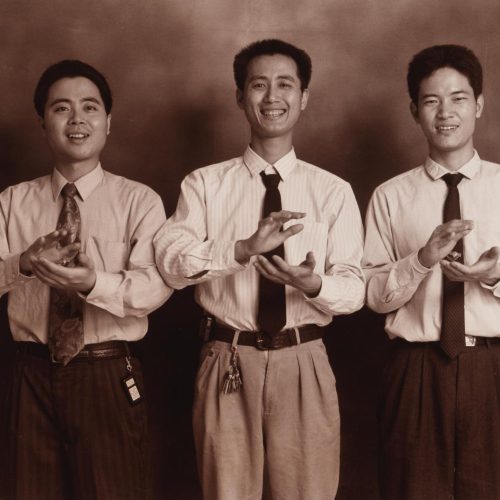 QIU ZHIJIE / FINE SERIE N°1-A
QIU ZHIJIE / FINE SERIE N°1-A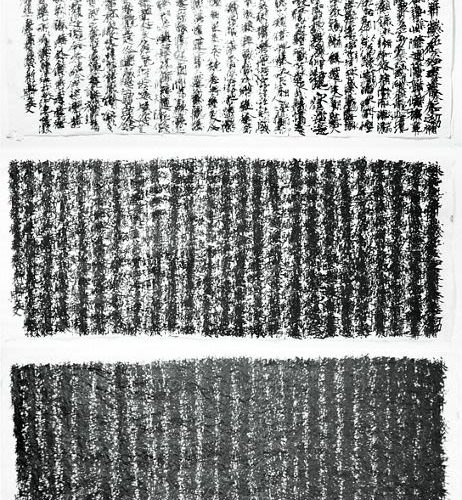 ONE THOUSAND-TIME COPY OF LANGTINGXU
ONE THOUSAND-TIME COPY OF LANGTINGXU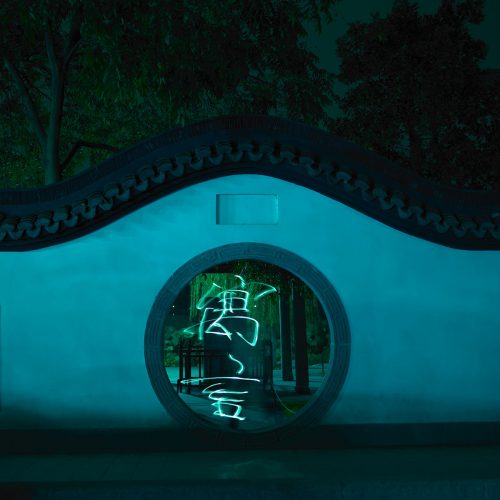 ALLEGORY – ROUND DOOR
ALLEGORY – ROUND DOOR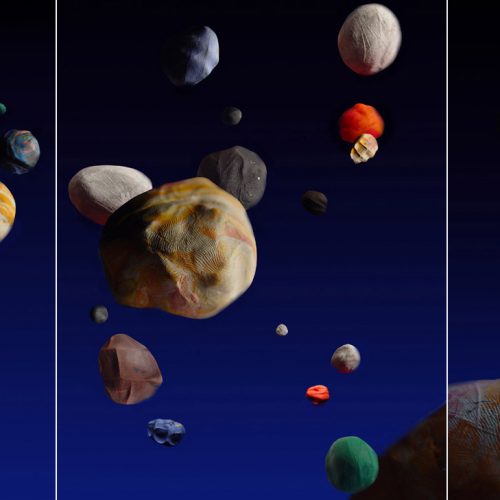 NIGHT OF SEPTEMBER 16TH
NIGHT OF SEPTEMBER 16TH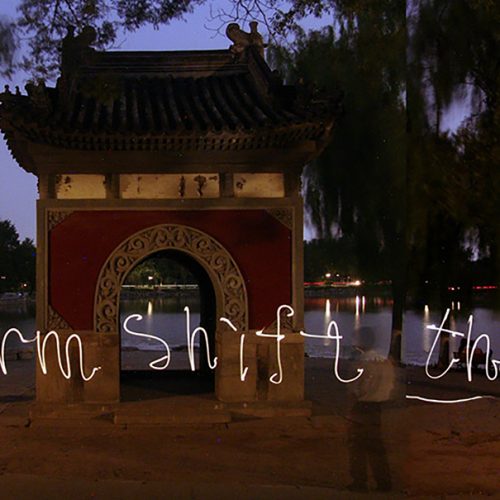 Where the storm shift the signs
Where the storm shift the signs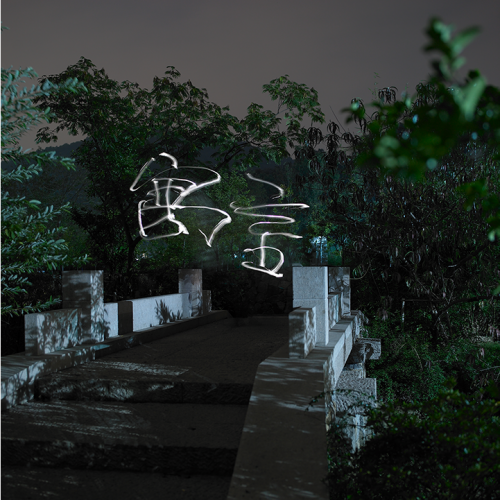 Allegory Bridge
Allegory Bridge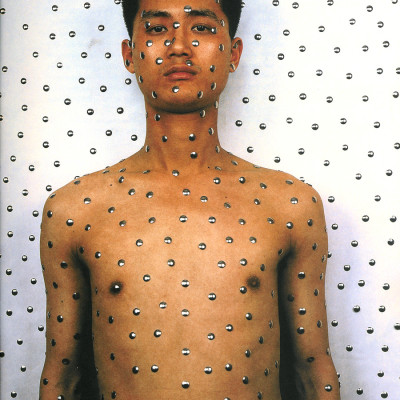 Tatoo I
Tatoo I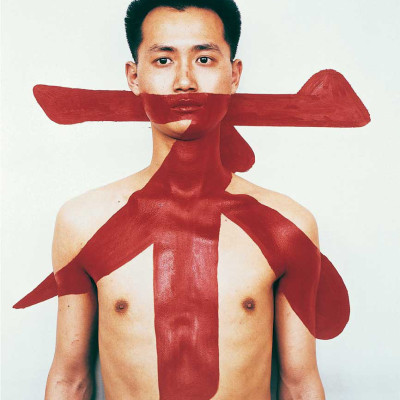 Tattoo II
Tattoo II